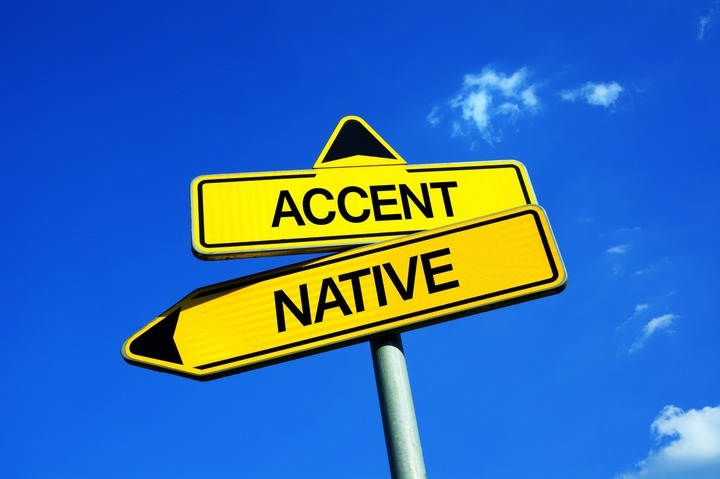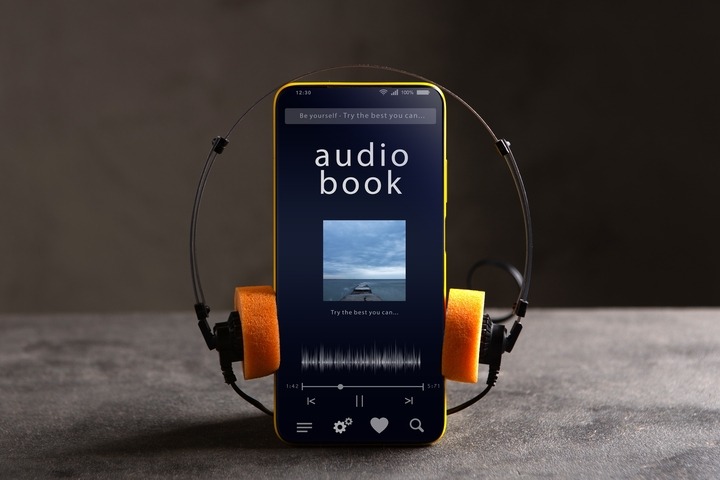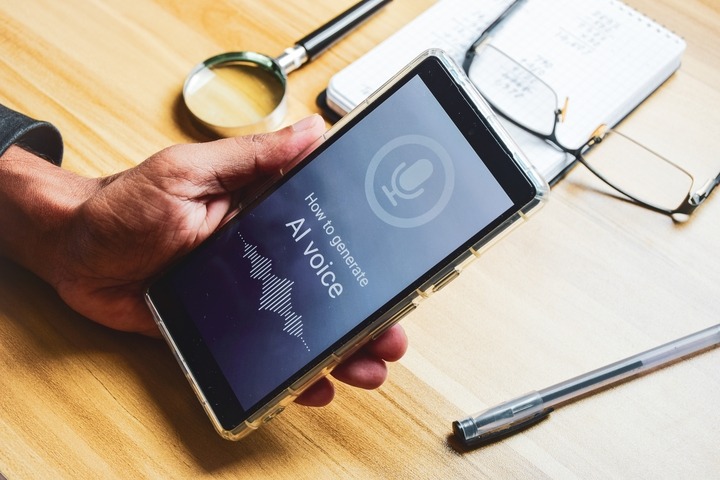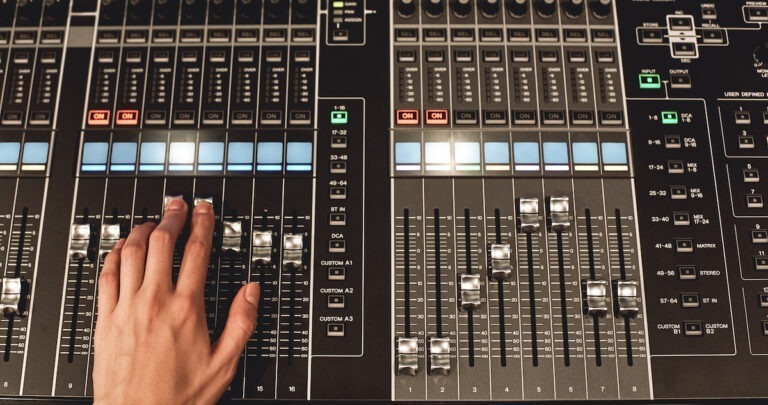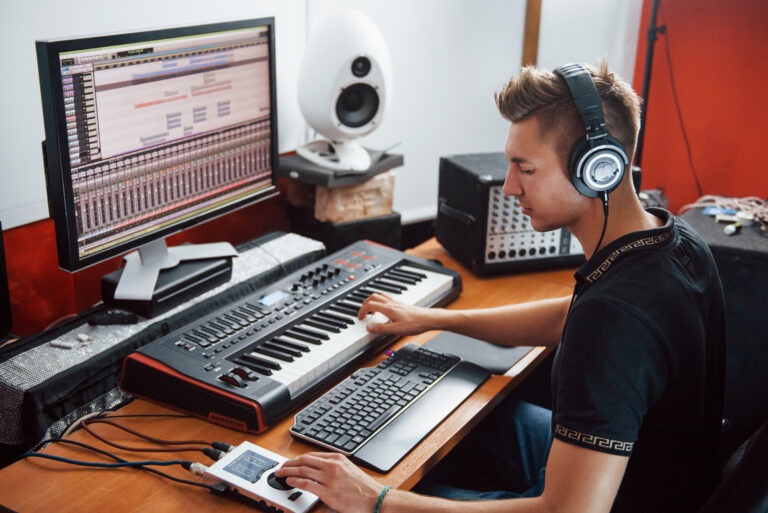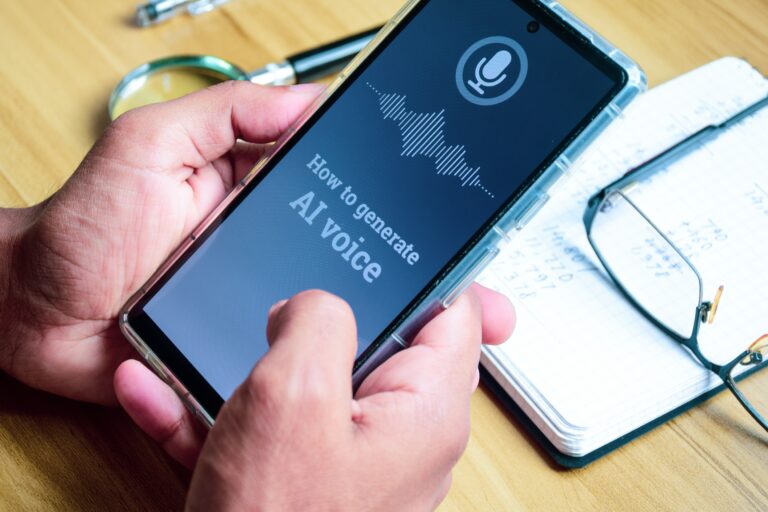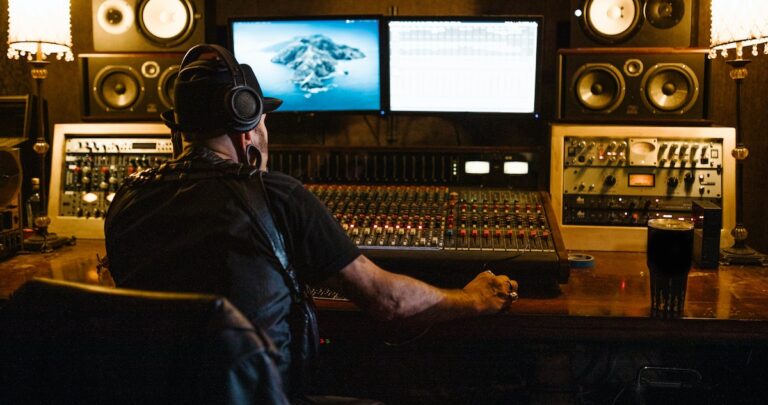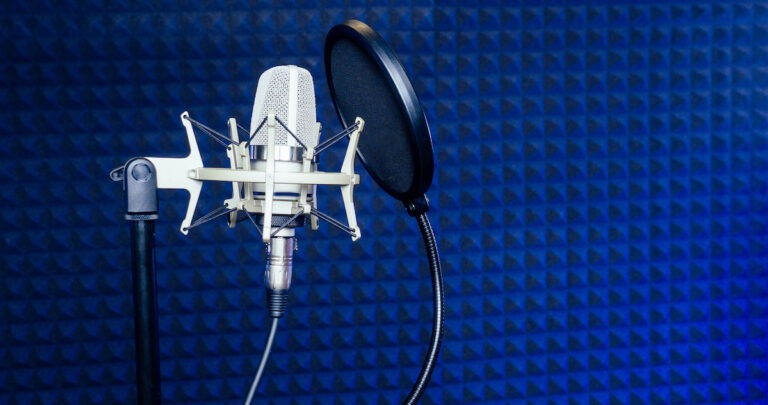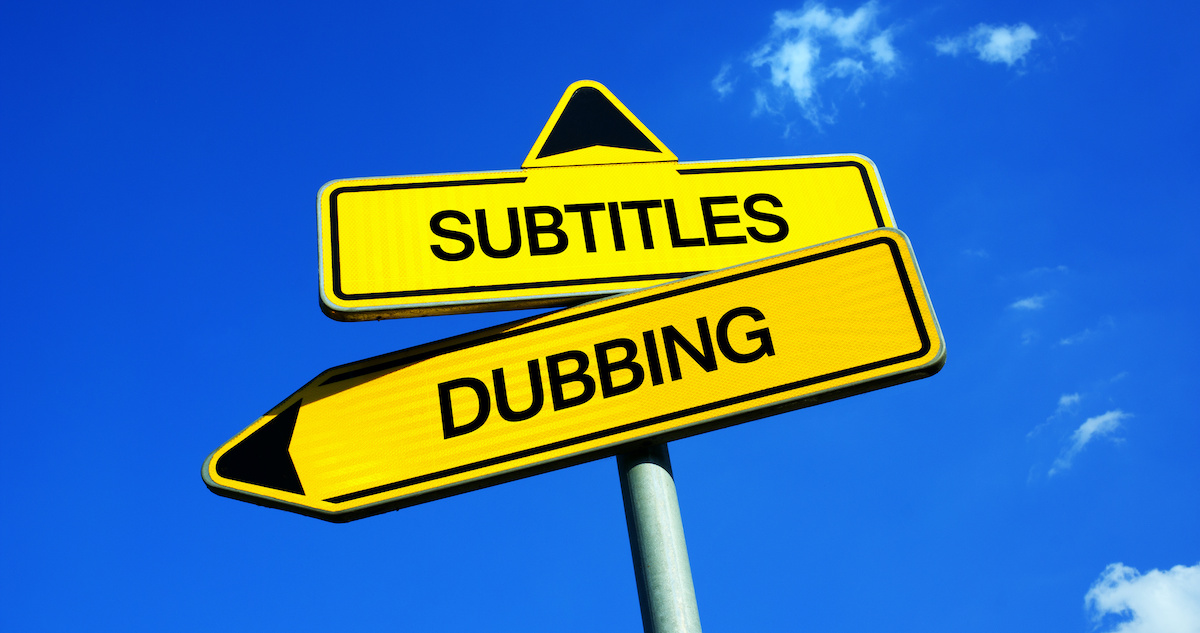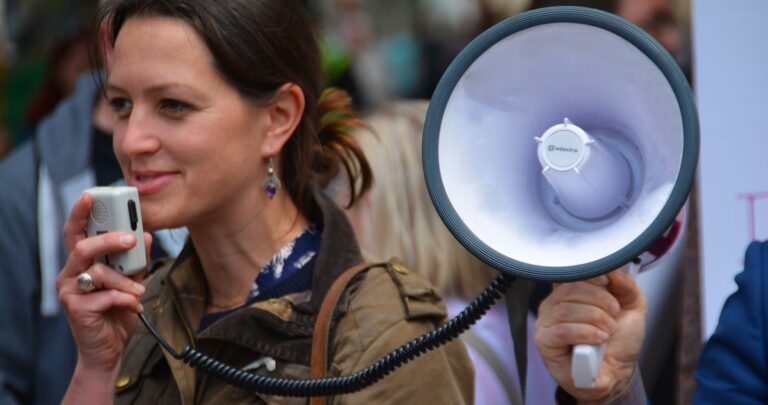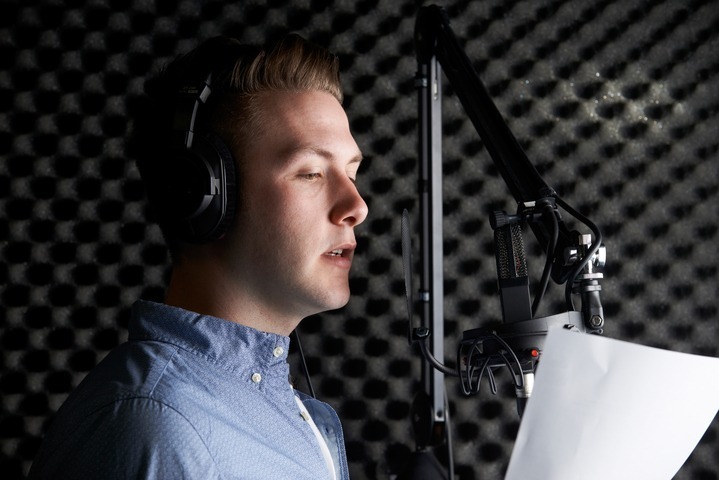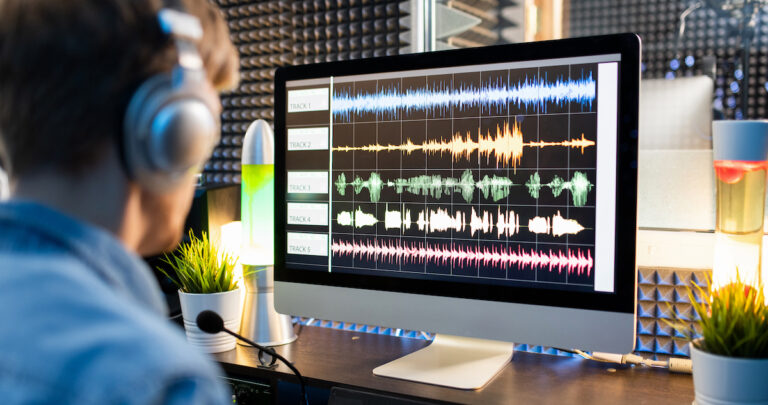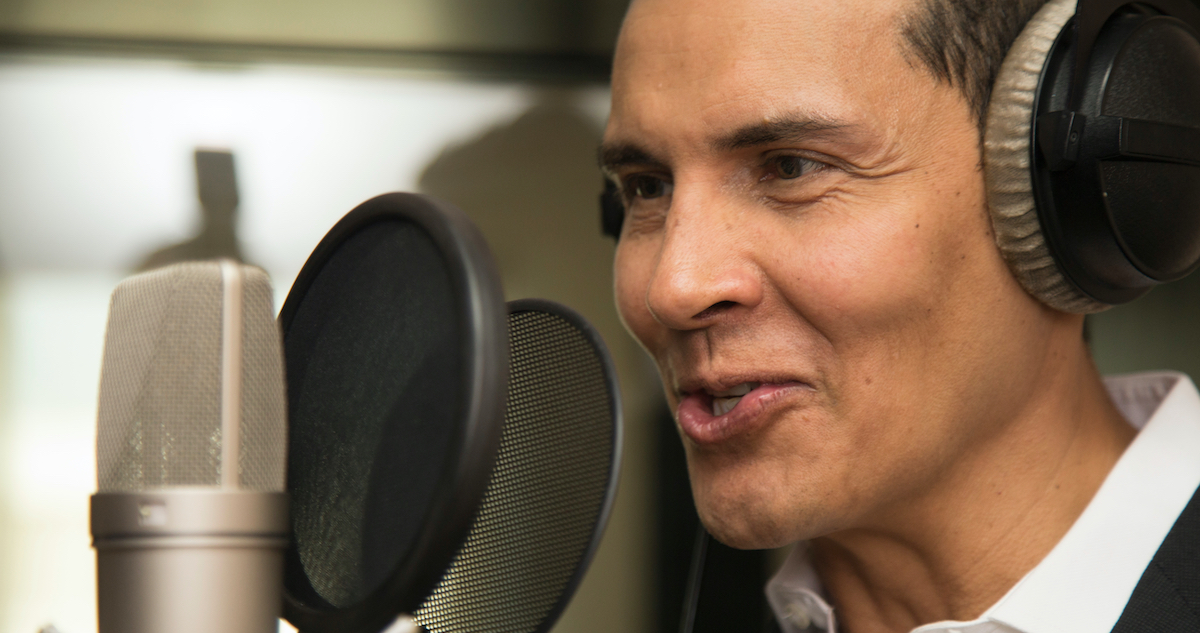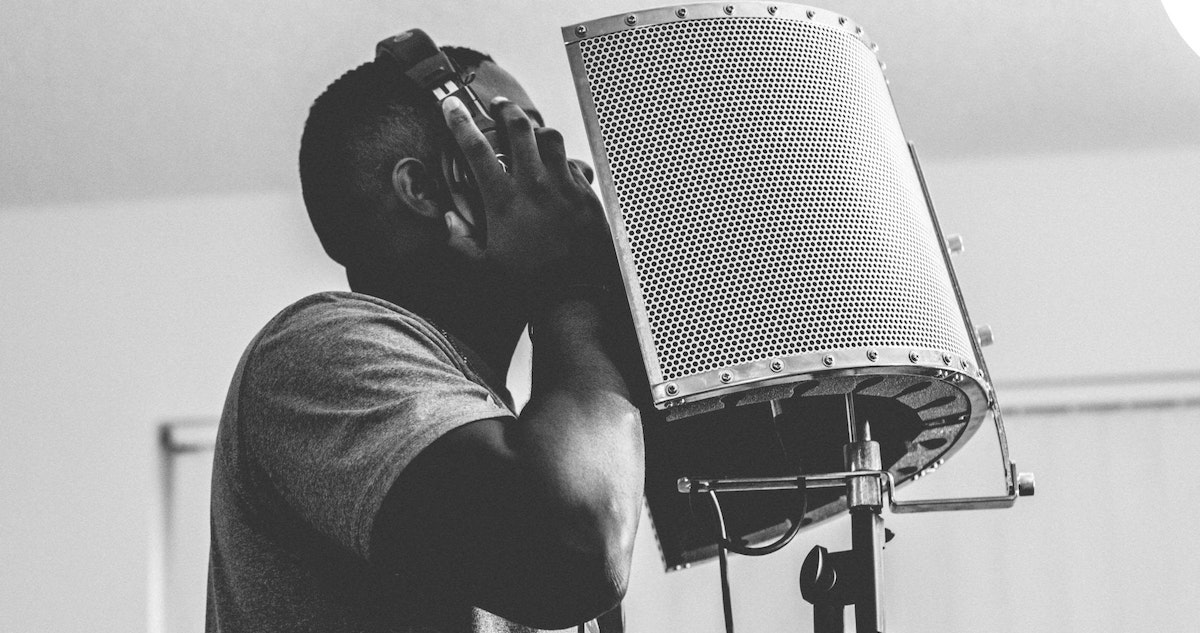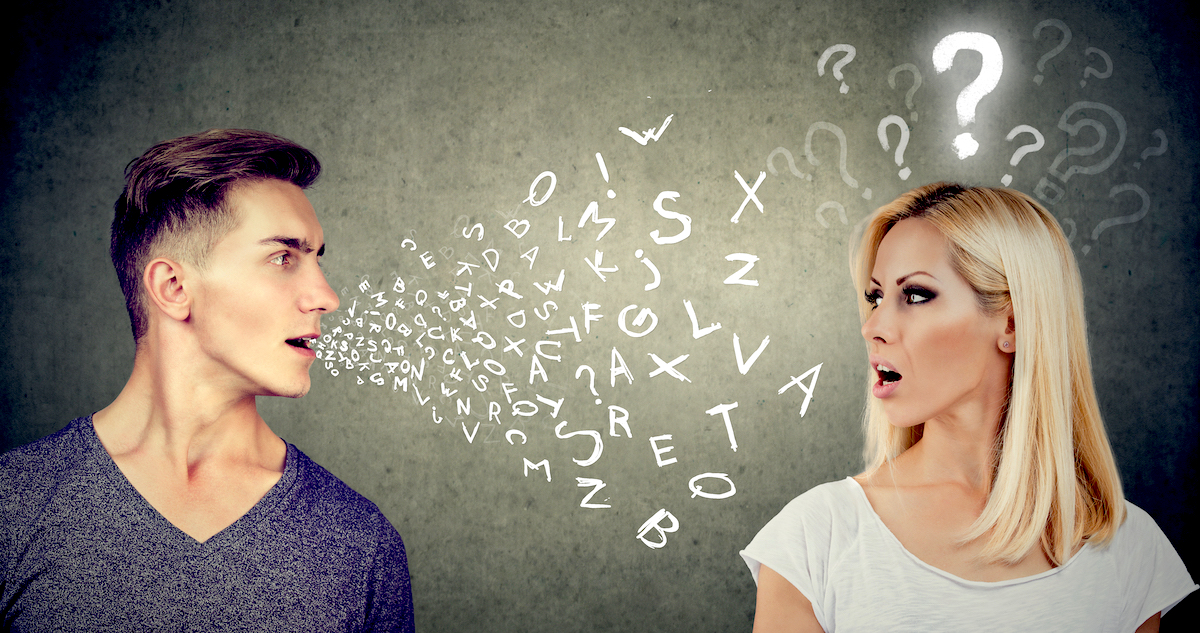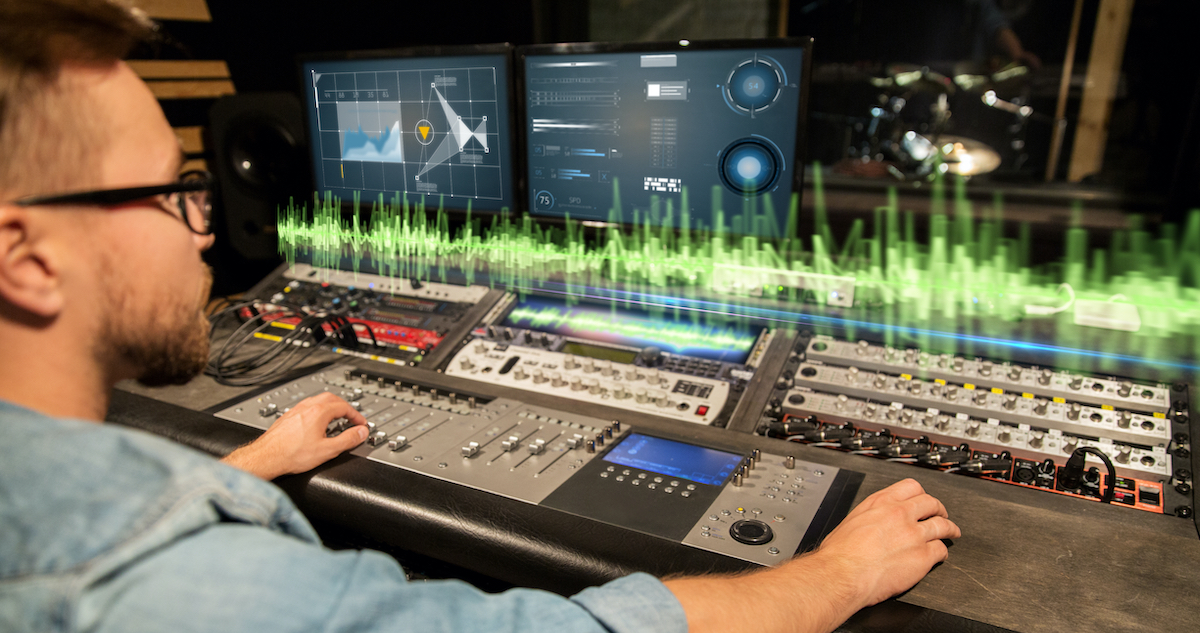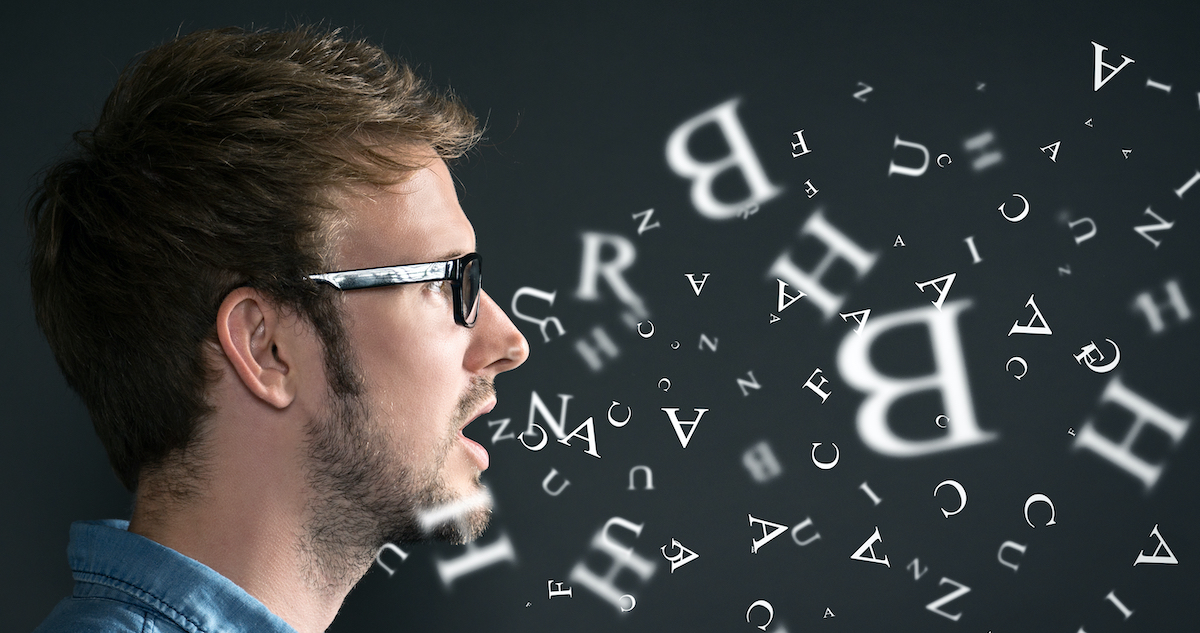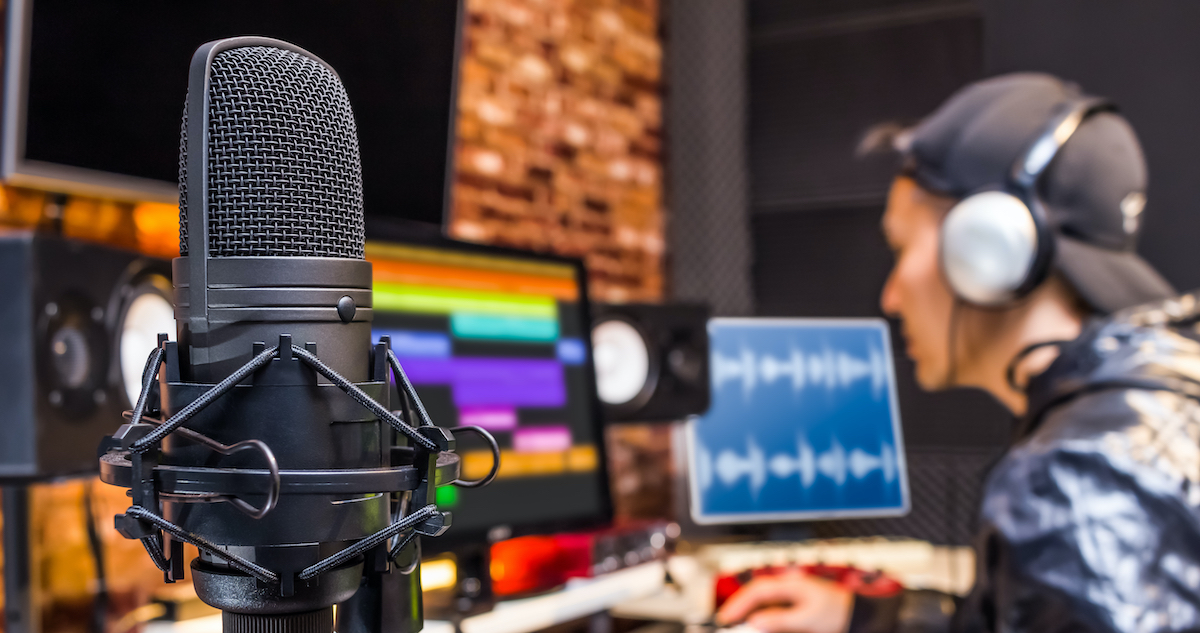How many accents do you know about – 5, 50, 500? There are actually thousands of unique accents from every corner of the globe. English alone has almost 160 different accents. Today, a voice accent is like a virtual passport, opening doors to different cultures and histories. Imagine Gerard Butler’s dynamic Scottish brogue as a fiery Viking chief or Matthew McConaughey’s Texan drawl in Lincoln MKZ commercials!
Now, at Voice123, we know all about making the best use of diverse accents for audio projects. So, whether you need a Southern accent for a video game character or a British accent for audiobook narrations, we have the latest insights to help you navigate the world of voice accents. We’ll explore what is an accent, the different types, and how to use them in your audio projects. Grab your passport because it’s time to traverse the world of accents!
Watch our tutorial on what are voice accents:
What is an accent
An accent is a person’s sonic signature that identifies their unique vocal characteristics, like how they pronounce words, phrases, and sentences. Each person has a different accent with distinct intonation, rhythm, and speech patterns which defines the speaker’s linguistic tone. It’s like a vocal fingerprint that can distinguish the physical traits of a person’s voice and even where they’re from, creating a relatable narrative for listeners.
A New York accent, for example, evokes images of bustling streets that never sleep. In contrast, characters like Darth Vader have a Mid-Atlantic accent (a perceived Americanized British upper class). This implies lofty education and an authoritative position. Voice accents also fall into two groups; native and non-native. For example, a person can speak Japanese-accented English or German-accented Dutch. So, their original language accents the second language. But here’s more on why people have accents.
Why do people have voice accents

People have voice accents because they learn to speak and pronounce words and phrases in their native or foreign languages, so the speaking elements of each language differ by location, cultural and social behavior, dialects, phonetics, and the influence of other native languages. The result is that everyone has a different accent or way of speaking, even if they use the same language.
Here’s more on each of these factors:
1. Geographical Location
A person’s geographical location influences their accent; for example, different areas in the U.S. have distinct accents. Southern accents have noticeable drawls and elongated vowel sounds, while Brooklyn accents are characterized by pronunciations like “cawfee” instead of “coffee.”
2. Cultural and Social Behavior
People usually retain their native language’s phonetics, intonation, or pronunciation, and they would use that voice accent even while speaking a second language. For example, a French-speaking person in England may speak English with a French accent.
3. Regional Dialects
Countries like Scotland, Ireland, and Wales fall under the U.K. but still have distinct local dialects. For example, the Scottish Orkney dialect replaces ‘to have’ with the verb ‘to be.’ So ‘I have just made the call’ becomes ‘I’m just meed the call.’ Whereas the Scottish Caithness dialect replaces the vowel sounds ‘ai,’ ‘oo,’ and ‘u’ with ‘ee.’ So, ‘hair’ becomes ‘heer’, and ‘bone’ becomes ‘been’.
4. Phonetics and Sounds
Each language has unique phonetics and sounds that speakers carry over to a new language. For example, some native Spanish speakers use Spanish pronunciation for certain English consonants, creating a ‘Spanish accent.’ Individuals speaking tonal languages like Mandarin Chinese also have to learn stress-based intonation in English, creating different phonetic sounds.
5. Native Language Influences
An accent varies according to native language influences. In Spanish-speaking countries like Mexico, Spain, and Colombia, individuals have different voice accents. So, the “Castilian” accent from Spain differs from other Spanish accents because of consonant pronunciation differences. English speakers from Australia, the U.S., and England also speak different native English, creating a noticeable accent.
Let’s look at some of these different types of accents.
5 types of accents
1. Foreign Accent
A person’s native language can significantly influence any other foreign language they speak; they retain elements of their native language, resulting in a foreign accent. A Spanish speaker learning English may have a Spanish accent by pronouncing “th” in English like “d” or “z” in Spanish.
2. Social Accent
A social accent is created by groups with shared characteristics and speech patterns from similar economic backgrounds or education. Received Pronunciation (RP) in the UK is associated with upper-class education and aristocratic lineages.
3. Occupational Accent
An occupational accent is developed in work environments for maximum clarity and intelligibility. A radio or broadcasting accent has clear enunciation, standardized pronunciation, and a neutral tone.
4. Generational Accent
A generational accent evolves from the new speech patterns, vocabulary, and pronunciation used by younger generations. “Valley Girl” is a stereotypical, late 80’s California accent associated with young women using distinctive intonation patterns, slang, and upward inflections.
5. Multilingual Accent
A multilingual accent is when an individual who speaks multiple languages blends the phonetic patterns and pronunciation, creating a new voice accent. A person fluent in English and French may create a noticeable accent when switching between the two languages.
Now that we’ve discussed the different accent types let’s look at five different English accents.
5 different English accents
1. Received Pronunciation (RP)
Upper classes in England historically spoke with an RP accent, highlighting precision and clarity. RP pronunciation spotlights the word “bath” as /bɑːθ/ rather than the variation “barth.”
2. American accents
American accents run throughout North America. This includes the United States, Canada, and Alaska. Words like “cot” and “caught” are pronounced identically as /kɑt/ in General American, but others have more distinct vowel sounds.
3. Australian English
Australian English has unique vowel sounds and distinctive intonation patterns. Australians use certain shortened words like “barbie” instead of “barbecue.” They also have a rising intonation at the end of statements, which gives sentences a questioning tone.
4. Scottish English
Scottish English has vowel sounds and speech patterns depending on the Scottish region; the Glaswegian accent has a distinctive “r” pronunciation, which has a rolling or trilling sound.
5. Indian English
Due to multiple language variations, dialects, and British colonization, Indian English combines British English with vocabulary and expressions from regional languages. So speakers may occasionally substitute consonants like ‘v’ for ‘w’ or vice versa.
How accents affect your audio projects

Accents contribute to the authenticity and believability of characters or narrations. With plotlines set in specific regions or cultural contexts, they help audiences connect with the story and enhance understanding. They are powerful tools for character differentiation, creating distinct voices, and bringing personalities to life. Like Mario’s Italian accent that made the iconic phrase ‘It’s-a-me Mario.’ By employing professional voice actors like the ones on Voice123, you can add diverse a diverse accent to various audio projects that capture the nuances and complexities of a story’s narrative.
This creates a rich and engaging experience for audiences, whether you’re shooting a blockbuster, a radio ad, or a commercial.
Final thoughts on accents
Whether it’s a French accent like Inspector Clouseou or a powerful British accent like Jeremy Irons – it can evoke emotions and connect audiences to the stories they hear. So, while there may be thousands of global accents, each differs by geographical location, cultural and social behaviors, regional dialects, phonetics and sounds, and native language influences. In voice overs, an accent also makes the impossible possible, turning simple audio projects into captivating experiences.
If you’re embarking on an animated film, audiobook, or TV show, never underestimate the impact of accents because, with professional voice actors from Voice123, you can harness the magic of a voice accent. So don’t get lost in translation; get lost in voice accents!
FAQs on accents
An example of an accent is the British accent which is characterized by distinct pronunciation and intonation. It varies across U.K. regions from Received Pronunciation (RP) in England or Scottish accents in Scotland.
The different accents in English are American, Australian, Canadian, and Indian accents. Each has unique features like vowel sounds, consonant pronunciations, and rhythm.
There is no specific number because accents differ by geographical area. Linguists claim there are thousands of global accents.
Accents are named geographically or culturally; the “Southern accent,” “Cockney accent,” or “Irish accent” identify English pronunciation based on region and language.


